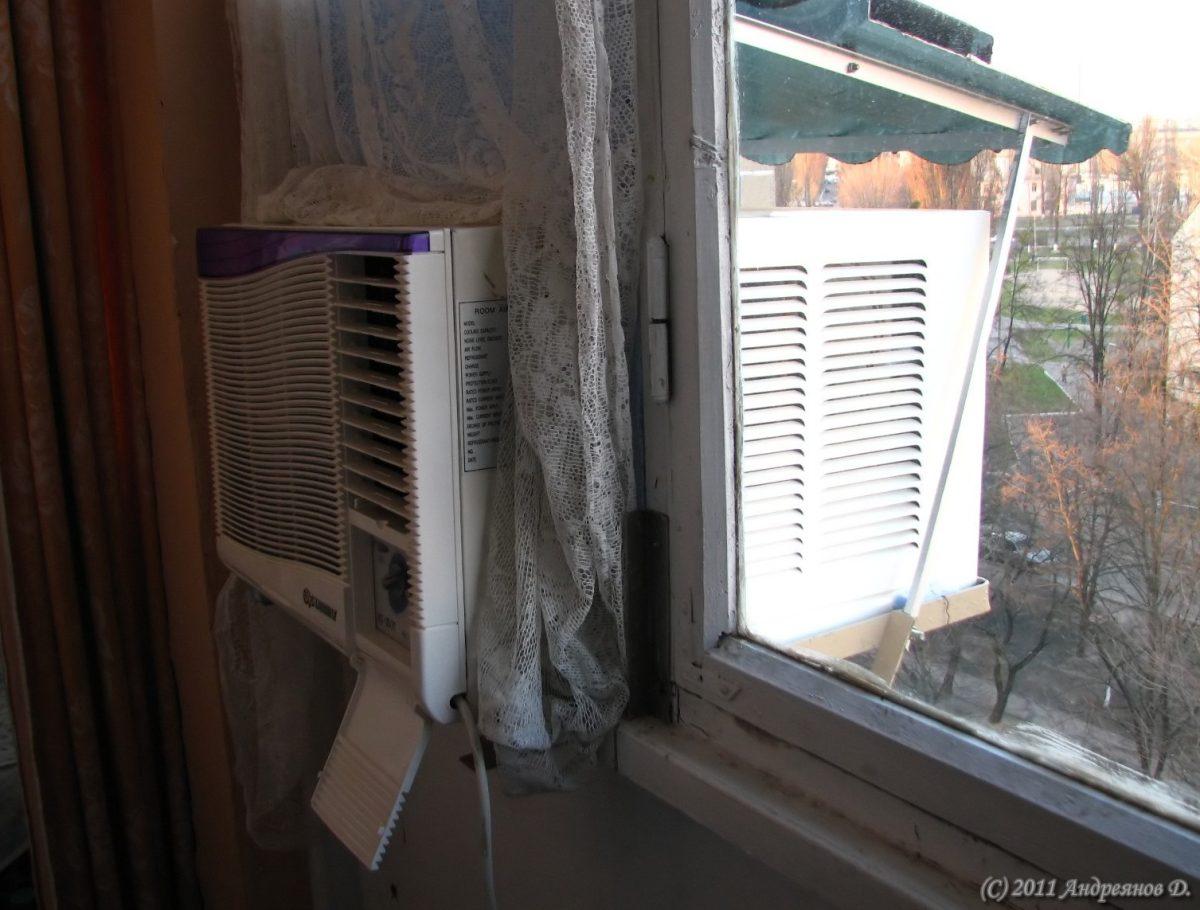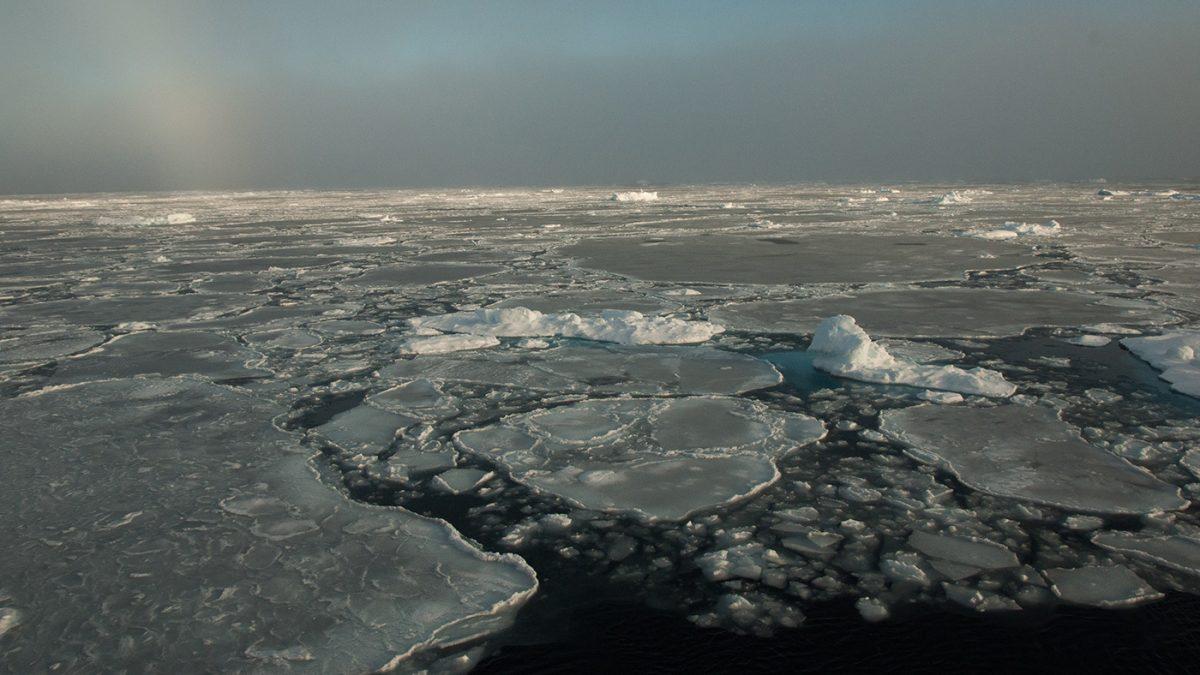When you feel hot indoors during the summer, your first impulse might be to crank up the air conditioning. Millions of other people likely have the same inclination, and although these machines are effective in cooling you down, the high energy consumption can prove adverse for the environment. To reduce the environmental and electrical costs of air conditioning, applied physicists and engineers have sought to find eco-friendly ways to keep buildings cool in hotter environments. One of their more recent advances is developing special paints that can cool the surfaces of buildings, producing an energy-efficient alternative to air conditioning.
Before arriving at this strategy, scientists drew on a variety of age-old techniques for reducing the temperature of a building. In countries like Greece, houses are often painted white because lighter colors absorb less heat than darker colors. Yet, though white paints are better at fending off heat than darker paints, they can still absorb other types of light emitted by the sun, including ultraviolet and near-infrared rays, which can cause surfaces to heat up. To more effectively cool a building, researchers have been working on creating materials that can reflect nearly all types of rays from the sun.
Though several research groups have engineered effective cooling materials in the past, these compounds often proved difficult to incorporate into existing buildings and could only be added to newly constructed buildings — until recently.
Research groups led by two applied physicists at Columbia University, Yuan Yang and Nanfang Yu, produced an effective reflective material by drying the compound under certain conditions so it would acquire a porous, sponge-like structure. The air voids in the material would then scatter and reflect sunlight rather than absorbing it, preventing the material from increasing in temperature.
After experimenting with different compounds using this drying technique, the researchers finally chose a commercial polymer known as PVDF-HFP. To apply the drying technique, PVDF-HFP is first dissolved in acetone, after which a little water is added. Once this solution is painted on the surface the acetone evaporates quickly, and the polymer separates from the water due to its water-repellent properties. As a result, tiny droplets of water form within the material. When this water evaporates, it leaves a sponge-like array of air voids. The researchers found that these air spaces reflected nearly 99.6 percent of light, including the different types of light emitted by the sun.
After producing this compound in the lab, the next step was to test this material in a hot, sunny environment. According to the study, which was published in Science magazine, researchers tested the material under peak solar intensity in Phoenix, Arizona, New York and Chattogram, Bangladesh. In warm and arid Phoenix, the temperature of the painted surface was six degrees Celsius lower than the air temperature, and in New York, the painted surface was five degrees lower. Though a few degrees may seem insignificant, to our bodies this small difference in temperature can actually feel quite drastic. Though scientists have found that flat surfaces coated in this material can resist temperature changes, the next step would be to test this on a full building.
In addition to its cooling properties, PVDF-HFP also has other beneficial characteristics. The material has paint-like characteristics and can be directly applied onto nearly any surface, including metal, plastic and wood. It can also be fabricated into durable sheets that withstand thermal aging and moisture, which can prove useful in the construction of new buildings.
The results of this study yield tremendous implications for protecting the environment, as well as aiding populations that don’t have access to electricity or air conditioning. Furthermore, they offer room for future investigations into other environmentally-friendly techniques for staying cool in hotter climates.







